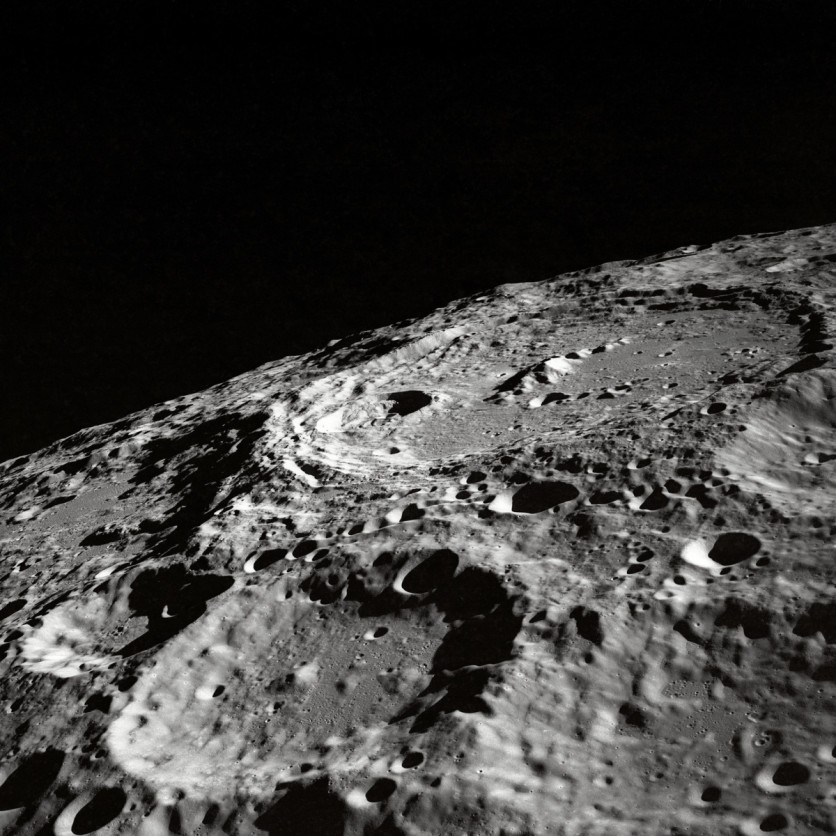The Moon has no dark side, and that is something that the public needs to know. However, it has areas that are permanently in the dark as they receive no light or rays that reach its areas as they are deep and hidden in the region. A research recently looked into giving it light and determining the many secrets it holds, especially in proving a theory in these areas.
Moon's Dark Areas to Illuminate Using AI, Researchers Develop

Science Alert reported that there is a new technology that aims to illuminate specific areas on the moon using an AI technology that a team of researchers from Switzerland developed earlier. The new artificial intelligence would give light to the permanently dark spots, especially those that the natural sunlight fails to reach despite its rotation.
It is old information already that the Moon has a dark side, and here lie its greatest secrets. While there are some facts in that statement, the only thing true there is it has secrets that lie beneath the permanent dark spots, which researchers speculate to be water in the form of ice.
The research entitled "Cryogeomorphic Characterization of Shadowed Regions in the Artemis Exploration Zone," published in the Geophysical Research Letters, focused on developing this AI for future Moon missions. It would also help determine a landing spot for the forthcoming NASA venture.
AI to Help Determine if the Moon has Water
The research speculates that future astronauts to go on this venture must dig on the Moon beneath its alleged icy surface, claiming that ice is mixed with the lunar soil. The AI will help illuminate the areas more and determine if there are pieces of evidence of ice in said areas to help choose regions worthy of research and time.
AI in Space
Artificial Intelligence has many applications for different needs and requirements of the public, including researchers and astronomers that look into space and the celestial bodies. One example would be the new machine learning techniques that help detect different space anomalies present in the great beyond, providing researchers with more information.
However, it is not only surveying and running a deep dive into space are the technology AI brings for space development. It also brings a technology that will help enhance photos and gathered technology from the area, with a previous application focusing on the several Sun images that got enhancement using AI.
Now, there is a new AI that will make its way to surveying instruments and use its data to gather information on the moon and, in turn, use its technology to help review the dark areas on the Moon. It is something that would help Artemis astronauts and future research in getting more for the mission and finally answering the question regarding water on the Moon.
Related Article : Former NASA Officials Criticizes US Space Policy Towards Russia, Expressing Doubts on ISS Being Independent
This article is owned by TechTimes
Written by Isaiah Richard
ⓒ 2025 TECHTIMES.com All rights reserved. Do not reproduce without permission.




